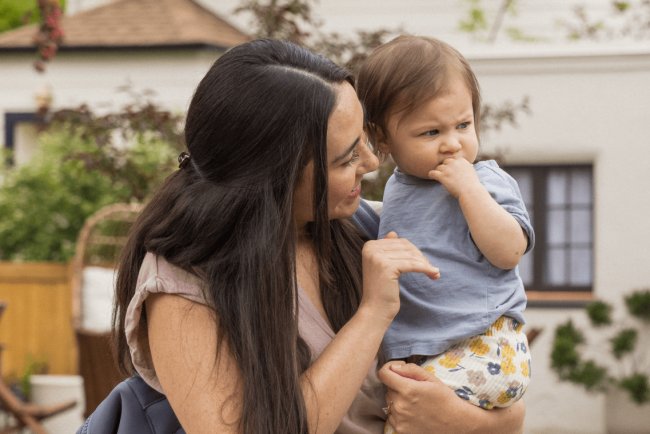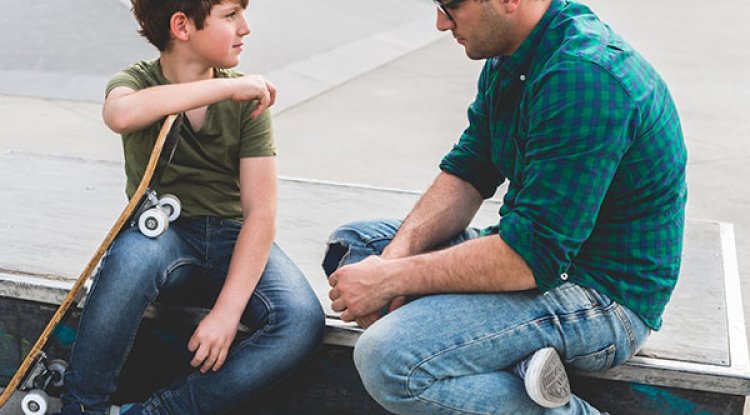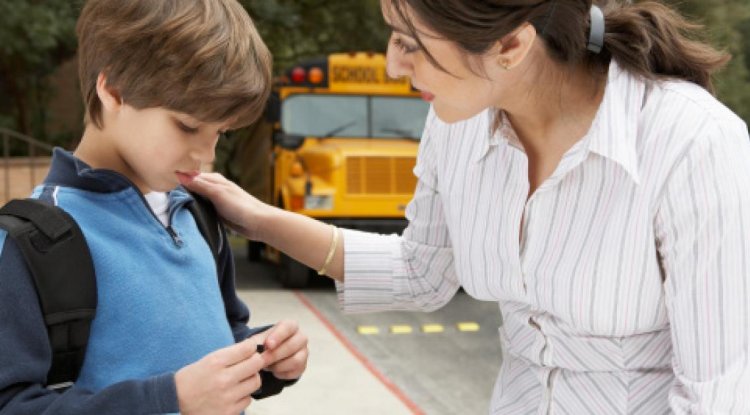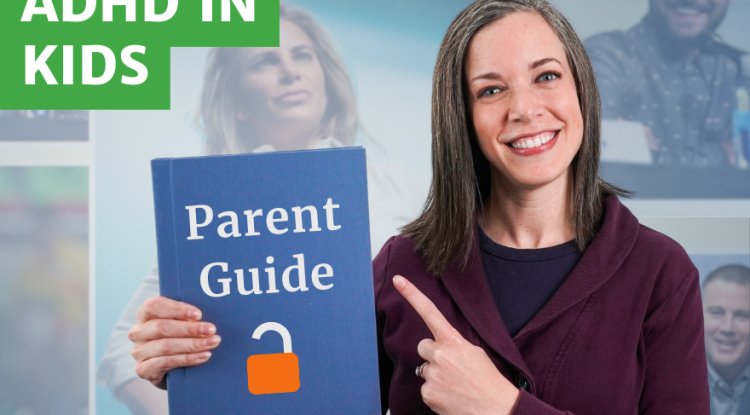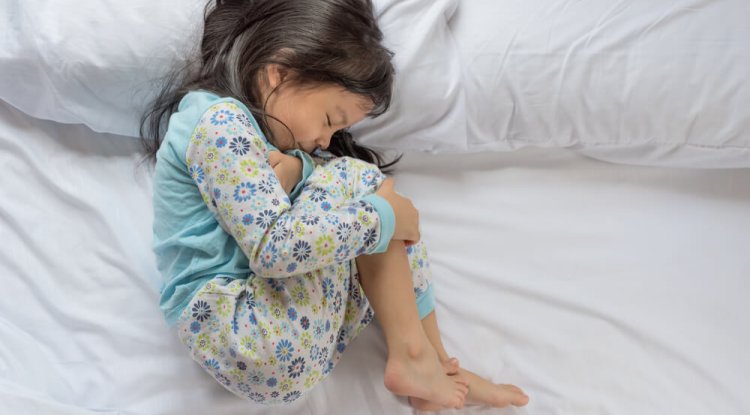10 Signs Your Child’s Stomachache Might Be Something Serious
Every parent knows the look of a small hand clutching the tummy, a soft “my stomach hurts,” and the question that always follows: is it something serious?
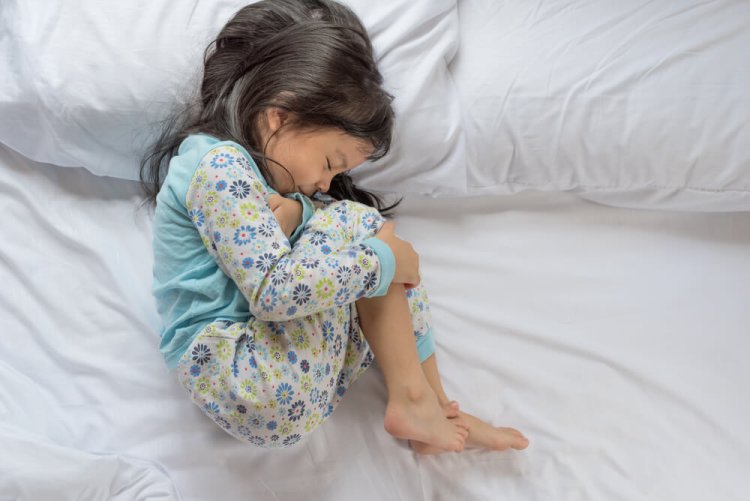
Most of the time, it’s not. Childhood stomachaches are incredibly common and usually harmless. They’re often caused by a mild stomach virus, constipation, gas, or even nerves before a test or soccer game. Sometimes, kids say their stomach hurts simply because they don’t have the words for stress or worry.
But every now and then, a stomachache can be a red flag that the body’s quiet way of saying something isn’t right. Knowing when to worry can make all the difference.
Here are 10 signs your child’s stomach pain deserves a closer look.
1. The pain is intense and unrelenting
A mild tummy ache that fades with rest is rarely a big deal. But when your child is crying, can’t get comfortable, or can’t be distracted by a toy or a show, that’s a different story.
Severe or persistent pain especially if it comes in waves or keeps your child from sleeping is always worth a trip to the doctor.
2. There is blood in the stool.
Sometimes, though they are usually invisible, tiny blood streaks may appear when a child who is constipated strains excessively. However, bloody stomach discomfort could be a sign of a more serious illness, including intestinal infection, inflammatory bowel disease, or another digestive issue.
If there is both abdominal pain and blood in the stool, checking should be done as a way.
3. They vomit blood.

Blood in vomit is obviously a cause for concern. Sometimes it happens after vomiting, or if your child has consumed blood from a nosebleed or a lost tooth.
But any bloody vomiting needs to be treated by a doctor, especially if it is accompanied by stomach pain. It could be a sign of intestinal distress or bleeding. 4.The vomit is either yellow-green or green.
An intestinal blockage may be the cause of your child's green or bright yellow vomiting, particularly if it occurs frequently or with severe pain.
After multiple bouts of vomiting, some bile-colored liquid can appear but when it’s vivid green or paired with worsening pain, don’t wait. Call your doctor.
5. They have hives, facial swelling, or seem dizzy
Sometimes, stomach pain doesn’t come from the stomach at all. It can be part of an allergic reaction, especially when it’s sudden and paired with hives, swelling of the face, paleness, or dizziness.
This could be anaphylaxis, a severe allergic emergency. Call 911 immediately, and if your child has an epinephrine auto-injector (EpiPen), use it while you wait for help.
6. The pain is on the lower right side
Pain that starts near the belly button and shifts to the lower right abdomen is a classic sign of appendicitis, a condition that needs surgery.
While constipation or ovulation pain (in older girls) can also cause pain there, doctors never take chances with that location.
If your child’s pain is fixed in that area, worsens with movement, or comes with fever or nausea, get medical care immediately.
7. They have a fever and a bad cough

Surprisingly, pneumonia can cause stomach pain especially in children. The diaphragm and lower lungs share nerve connections with the abdomen, so pain signals can overlap.
If your kid has a severe or ongoing cough in addition to stomach pain, or if they seem to be breathing more rapidly or are having difficulty breathing, it is time for a checkup.
8. It hurts to pee
Sometimes, what looks like a stomach problem is actually a urinary tract infection (UTI). If your child complains that it hurts to urinate, goes to the bathroom often, or their urine smells strange, a simple test can confirm it.
Untreated UTIs can spread to the kidneys, so don’t ignore the clues.
9. They have a high fever or are unusually exhausted.
A child needs to be evaluated right away if they appear pale and listless while in pain or if they are too exhausted to stay awake.
Extreme fatigue, high fever, or unusual sleepiness along with stomach pain can point to a more serious infection or, in rare cases, internal bleeding.
When your instincts tell you “something isn’t right,” trust them you know your child best.
10. They’re losing weight
If your child’s stomachaches come and go but they’re losing weight steadily, clothes fitting looser, face looking thinner, that's a sign something deeper might be going on.
It could be celiac disease, inflammatory bowel disease, or another chronic digestive condition.
With a few simple tests, a doctor's visit can assist identify the underlying problem and improve your child's health.
What's Your Reaction?









